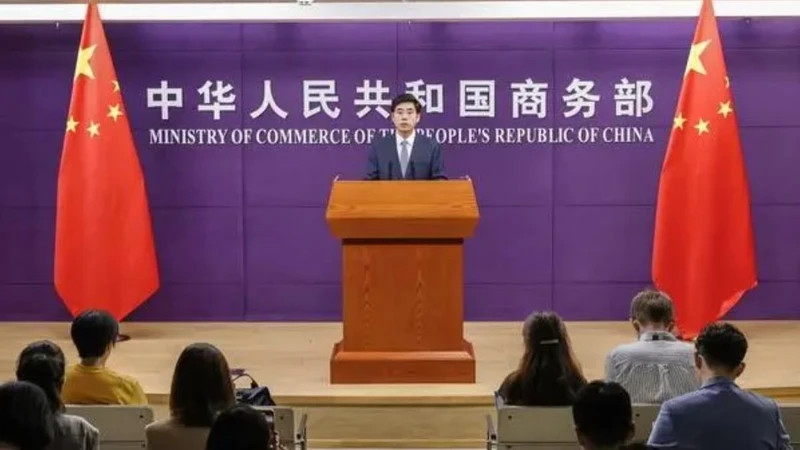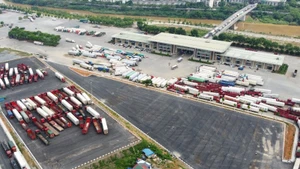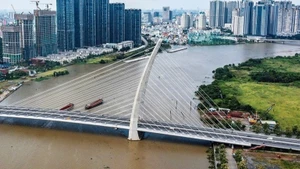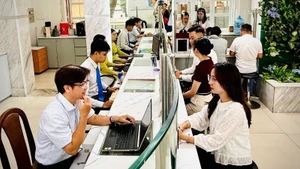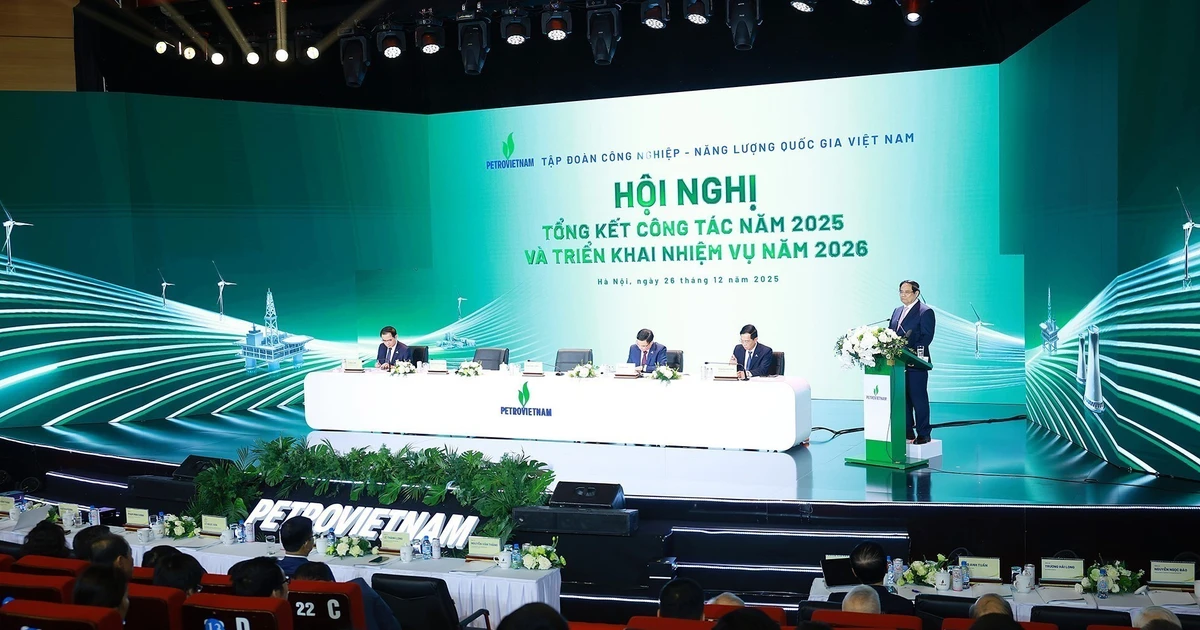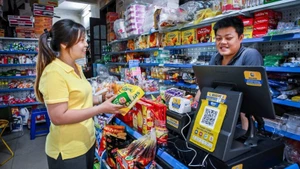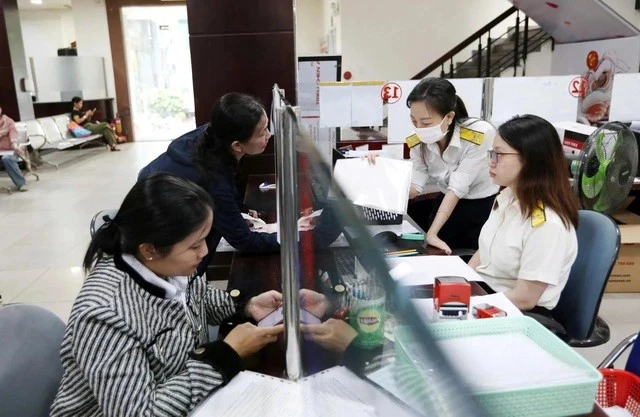This information was published by the Deputy Chief of the Office and Spokesperson of the Ministry of Commerce of China He Yadong, during a press conference on August 23.
China is also the largest export market for Vietnamese agricultural products. Chinese consumers highly favour Vietnamese fruits, such as durian and dragon fruit. Vietnam accounts for about one-fifth of the total value of agricultural imports from ASEAN countries.
Regarding investment cooperation, Vietnam is an important foreign investment destination for China. From January to July this year, Chinese companies made direct investments of 1.84 billion USD in Vietnam, maintaining rapid growth, with many projects focusing on green economy and urban transportation.
The Spokesperson of the Ministry of Commerce of China stated that in the near future, the 75th anniversary of establishing diplomatic ties between the two countries in 2025 will be an opportunity to promote the improvement and upgrading of economic and trade cooperation between the two countries.
The representative of the Ministry of Commerce of China proposed four specific measures:
Firstly, it is essential to enhance bilateral trade cooperation and support enterprises from both sides in maximising platforms, such as the China International Import Expo and the China-ASEAN Expo, to expand trade exchanges of high-quality agricultural products and industrial finished goods.
Secondly, new momentum should be created for investment cooperation and mutually beneficial collaboration will be enhanced in areas such as the digital economy and green development.
Thirdly, it is crucial to the supply chain to support both sides in enhancing cooperation between industrial zones and localities, and jointly promote trade facilitation and coordinated industrial development.
Fourthly, regional economic integration will be further promoted, negotiations on the China-ASEAN Free Trade Area version 3.0 will be accelerated, and the role of the Regional Comprehensive Economic Partnership (RCEP) will continue to be leveraged to contribute more to the development and prosperity of the region.
